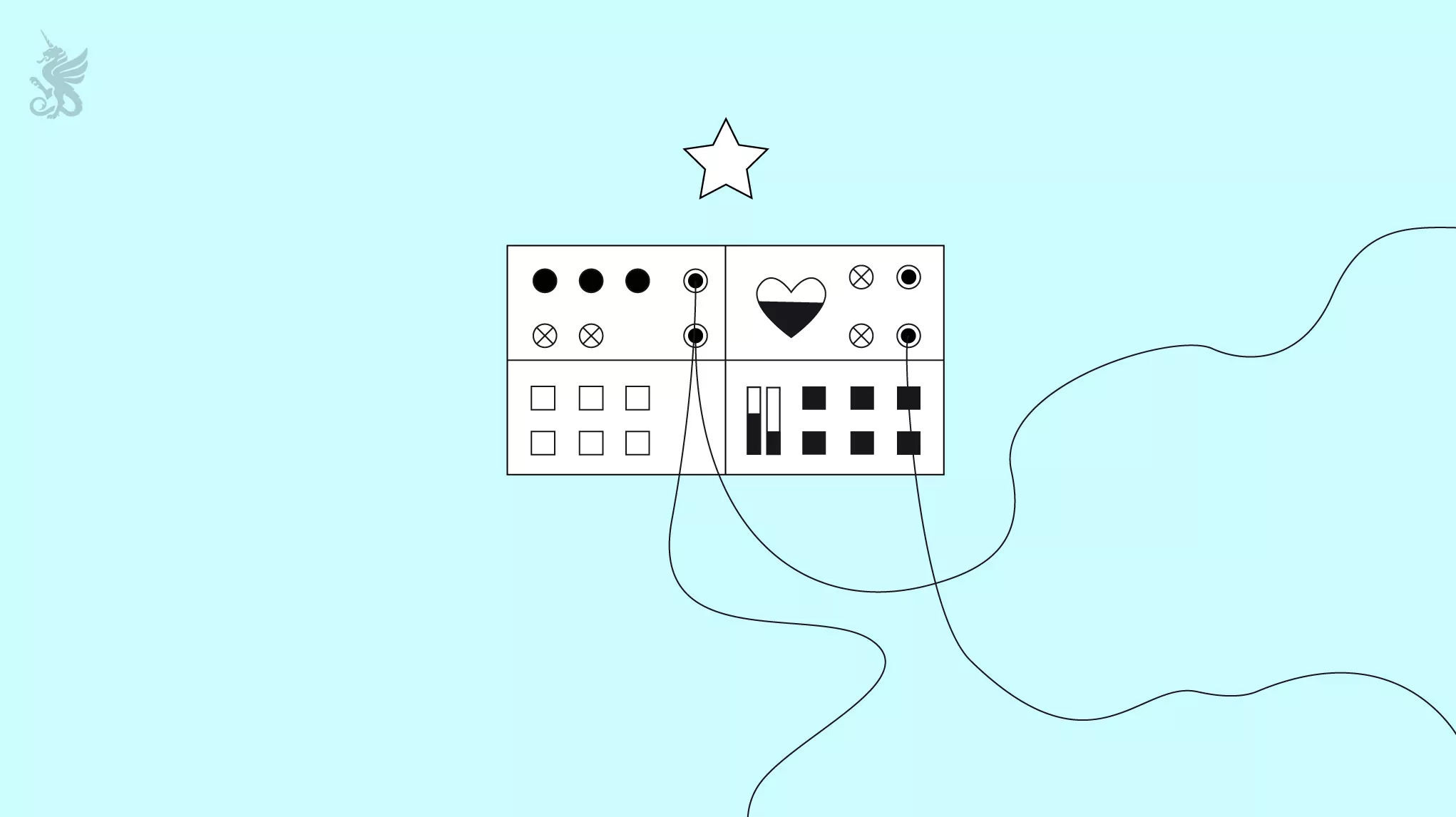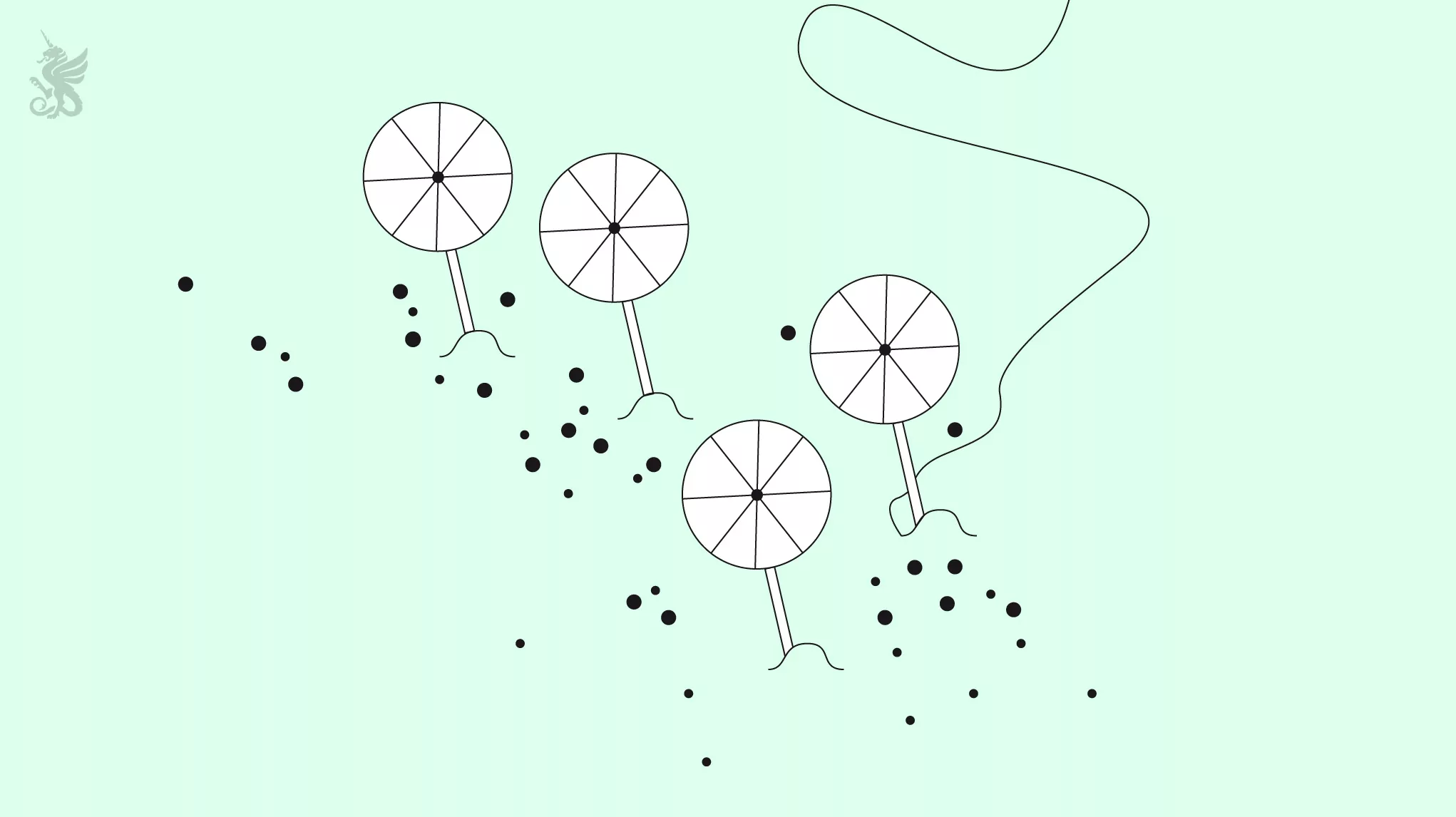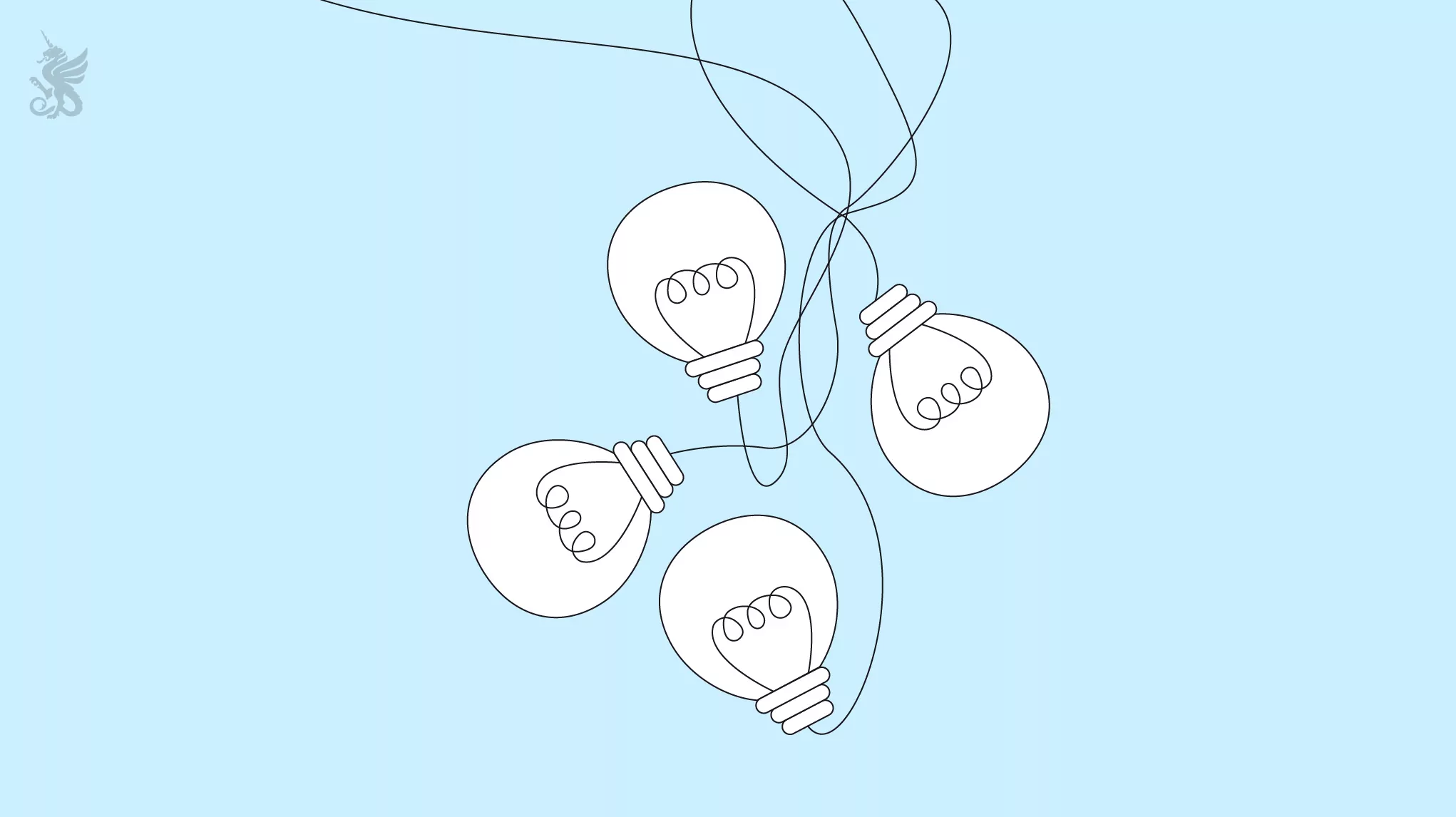What makes a good project? Good results? Earned good money? Good feedback from the customer? Stayed within budget? Motivated team? Conducted user tests and listened to the results? Workload peaks well mastered? Project ideas implemented? And something “new” was created or even learned in the process? Can’t explain it exactly, it was somehow magical?
How to create magic in projects
Hm … yes, maybe. There’s something about magic. But what does that mean? So the project has to fit into a web of events, circumstances, people, different needs and budgets as if by an invisible hand?
Experience shows: Magic doesn’t happen when you boil in your own soup. It does not happen if team members or customers are not aware of the importance of their role. The physical and mental presence of all those involved is a central component of project magic. This enables goal-oriented communication and collaborative work. In this way, project pull can be generated and visions created. This is how magic can happen. And how do you ensure a basis for this awareness? For example, through retrospectives.

What are retrospectives?
Retrospective means looking at a past (completed) event. In relation to a specific project or a specific project phase, retrospectives are special meetings in which the team (including the customer) gathers to reflect on a defined project phase or the project itself.
This reflection does not take place at a round table discussion. Instead, data is collected in a structured form using various techniques, evaluated, specific measures collected and distributed to those responsible. The project is examined jointly by all participants. Together you get to know the project, act and define actions for adapting methods and teamwork.
No theory, all important findings. A decisive team creates results.
Guiding principle of the retrospective
For a retrospective to be successful and effective as outlined above, it must be “safe”. All participants must be able to feel comfortable within this group to examine their work and also to accept that there may be ways to improve collaboration.
Norman L. Kerth has laid down the following guiding principle in his book “Project Retrospectives”:
Regardless of what we discover, we must consider and believe that everyone did their best in the face of
- their skills, abilities and qualifications
- the means at their disposal
- their state of knowledge at that time and the underlying circumstances
Maintaining this sense of security is crucial for the success of a retrospective. It also guarantees the active and positive participation of the participants. A single voice can never tell the whole story of the project. The learning curve for everyone involved would be rather flat. Many voices reflecting the project achieve a wider range of insights. A retrospective is not just about finding as many errors as possible in a project. A lot of quality would be lost. It is also about analyzing what contributed to the success of the project. Which mechanisms helped the project (or project section) to succeed? The retrospective offers the space to reflect on the project in all its facets:
- What happened?
- What worked?
- How do we want to continue working?
The more often retrospectives are held, the more they become part of a culture of behavior in projects. With increasing frequency, the effectiveness and naturalness with which projects are readjusted or changes are made also increases. You don’t have to reflect on a long period of time, but can concentrate on small periods. This makes it easier to make the right decisions at every stage of the project.

Learn
more
We are more than just experts – our dedicated team of designers, developers and marketing specialists work hand in hand to take your digital presence to the next level.
Ready for the next step?
Contact us and find out more about our services.
dmcgroup and retrospectives
The dmcgroup came into contact with agile working methods and thus also with retrospectives a few years ago. This period, the sense of achievement and aha moments have had a lasting impact on the way we work and have provided a better understanding of iterative processes. Today, retrospectives are held both within the agency and with the client within a project cycle or at the end of a project.
Regardless of the project framework, whether it is an agile or a classic waterfall project, retrospectives are an excellent tool for bringing all project participants together to share joys and concerns, insights and open questions about the project.
Retrospectives have emancipated themselves from the field of agile software development: An agile workflow, which divides the project into different sprints, for example, and is based on the principle of continuous delivery of work results, favors the integration of retrospectives. This means that a retrospective can be held after each sprint/section. The concrete results from the “retros” flow directly into the project. This optimizes work processes “on the fly” and has a direct positive impact on project results.
These regular retrospectives focus on “real” problems and the team uncovers “real” solutions. Solution scenarios are not imposed top-down, but the team chooses its own scope for action. Every team member is committed and invested in our joint success. This significantly influences the following factors:
- Increase in productivity
- Capacities are recognized
- Existing potential is utilized
- Increasing the quality of results

Retrospective – a simple way to initiate change
The retrospective is not a universal tool for achieving great project results. But it is a good start to reflect on work processes in a goal-oriented way, to break down old patterns and try out new techniques. This enables the customer to be integrated into a transparent communication process. Each individual team member is strengthened in the importance of his/her role and encouraged to develop continuously. For dmcgroup, this is an essential part of project magic.
What does project magic mean to you and what actions do you take to spark it? Share your thoughts with us.
From the latest industry trends and the latest insights into AI and UX/UI design to exciting use cases.
Sign up for our monthly newsletter and stay up to date!
Stay
tuned
More articles
